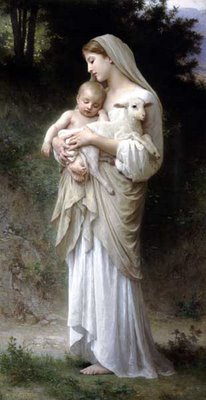Thomas Kinkade Arts II


Kinkade’s success started in the 1990’s, when he and his friend Kenneth Raasch started Media Arts Group. Their main goal was to get Kinkade work. Eight years later the company was listed in Forbes as a top ten business to watch. When Kinkade was on QVC, he sold over 2 million dollars worth of products in one hour.
His works are sold by mail order and in dedicated retail outlets as high-quality prints, often using texturizing techniques on real canvas to make the surface of the finished prints mimic the raised surface of the original painting. Some of the prints also feature light effects that are painted onto the print surface by hand by "skilled craftsmen", touches which add to the illusion of light and the resemblance to an original work of art. Kinkade's images are also used extensively on other merchandise such as calendars and greeting cards.
Reproductions of his paintings can also be found in almost any place that sells artwork. Licensing with Hallmark and other corporations have made it possible for his paintings to be anywhere from greeting cards to La-Z-Boys.
Kinkade is reported to have earned $53 million for his artistic work in the period 1997 to May 2005.

Thomas Kinkade's prints and paintings are distinguished by their glowing highlights and vibrant pastel colours. Rendered in an impressionist style cross-pollinated with American Scene Painting values, his works often portray bucolic, idyllic settings such as gardens, streams, stone cottages, and Main Streets. He has also depicted various Christian themes including the Christian Cross and churches.
Kinkade says he is placing emphasis on the value of simple pleasures and that his intent is to communicate inspirational, life-affirming messages through his work. A self-described "devout Christian" (all of his children have the middle name "Christian"), Kinkade has said he gains his inspiration from his religious beliefs and that his work is intended to contain a larger moral dimension. Many pictures contain specific chapter-and-verse allusions to certain Bible passages.
Curator Mike McGee has written
Looking just at the paintings themselves it is obvious that they are technically competent. Kinkade’s genius, however, is in his capacity to identify and fulfill the needs and desires of his target audience — he cites his mother as a key influence and archetypal audience — and to couple this with savvy marketing… If Kinkade’s art is principally about ideas, and I think it is, it could be suggested that he is a Conceptual artist. All he would have to do to solidify this position would be to make an announcement that the beliefs he has expounded are just Duchampian posturing to achieve his successes. But this will never happen. Kinkade earnestly believes in his faith in God and his personal agenda as an artist.
Artist and Guggenheim Fellow Jeffery Vallance has spoken about Kinkade's devout religious th emes and their reception in the art world.
This is another area that the contemporary art world has a hard time with, that I find interesting. He expresses what he believes and puts that in his art. That is not the trend in the high-art world at the moment, the idea that you can express things spiritually and be taken seriously… It is always difficult to present serious religious ideas in an art context. That is why I like Kinkade. It is a difficult thing to do.
Essayist Joan Didion is a representative critic of Kinkade's style:
A Kinkade painting was typically rendered in slightly surreal pastels. It typically featured a cottage or a house of such insistent coziness as to seem actually sinister, suggestive of a trap designed to attract Hansel and Gretel. Every window was lit, to lurid effect, as if the interior of the structure might be on fire.
She goes on to compare the "Kinkade Glow" to the luminism of 19th-century painter Albert Bierstadt, who sentimentalized the infamous Donner Pass in his Donner Lake from the Summit. Didion worries that Kinkade's own treatment of the Sierra Nevada likewise mocks the tragedy of the Yosemite's Sierra Miwok Indians in The Mountains Declare His Glory.



























0 Comments:
Post a Comment
<< Home